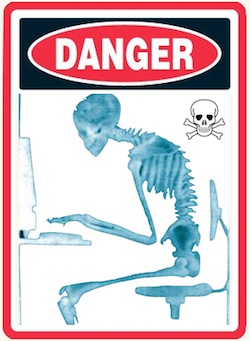We’ve all heard how “sitting is the new smoking,” a phrase attributed to Dr. James Levine who is a professor of medicine at the Mayo Clinic. The chair is “out to kill us,” he said in an interview with the LA Times. There’s no denying the link between the inactivity of sitting in a chair while at work or at home and poor cardiovascular health that develops. According to a study from the University of Cambridge, being sedentary may be twice as dangerous as being obese. The study involved over 334,000 participants for over 12 years and calculated that more deaths would have been prevented by not being sedentary than not being overweight.
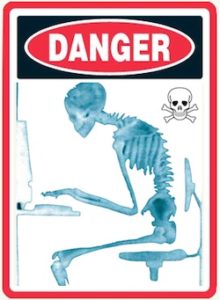
Today I want to address how sitting increases low back pain and things we can do to help prevent this.
First off, why does sitting increase low back pain?
According to Cornell University Department of Ergonomics, up to 90% more pressure is put on your back when you sit vs. when you stand. There are several reasons why, the first being that if you’re like most Americans, you habitually sit in ways that cause tension and imbalance in your back and neck. This applies to sitting at work, in the car, and at home. And can include things such as: looking down toward your screen, rolling shoulder forward, leaning forward, and sitting on one side or uneven.
On top of this, prolonged sitting causes chronically shortened hamstring and hip flexor muscles (psoas muscle group) which causes increased pressure and poor biomechanics when performing regular everyday tasks. This leads to failure in normal muscle patterns and and a breakdown in normal function and it is here where low back injuries develop.
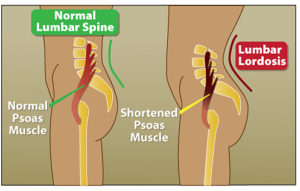
Converting to a standing desk whenever possible is an excellent solution to prevent these issues. Also elevating computer and television screens so you no longer have to look down is also helpful. But what do you do when those options aren’t available?
Standing and doing 60 seconds of activity for every 30 minutes of sitting is shown to help prevent many of the issues that sitting causes.
Also there are simple exercises that can be done to prevent and undo the musculoskeletal damage that sitting causes.
First off performing exercises to stretch the hip flexors (psoas muscle group) that gets shortened during sitting is an important step. Here is a good exercise to perform this.
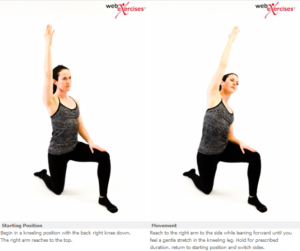
We also recommend some core stability exercises to re-activate the muscles that become underdeveloped during prolonged periods of inactivity.
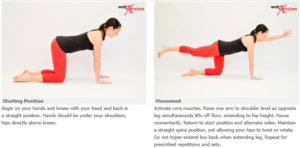
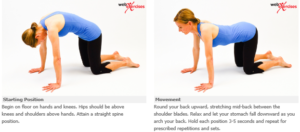
With these exercises added to an active lifestyle and regular chiropractic visits low back pain and injury risk can be significantly reduced.

